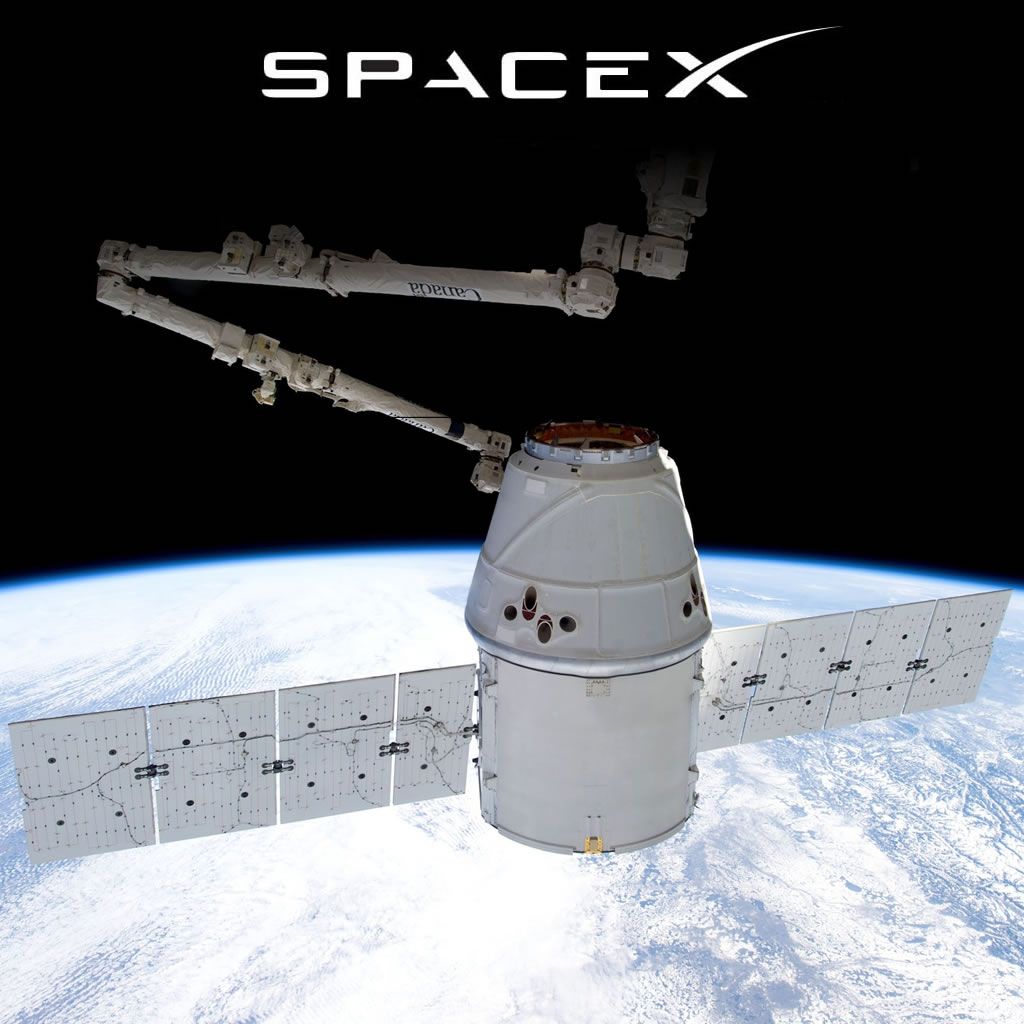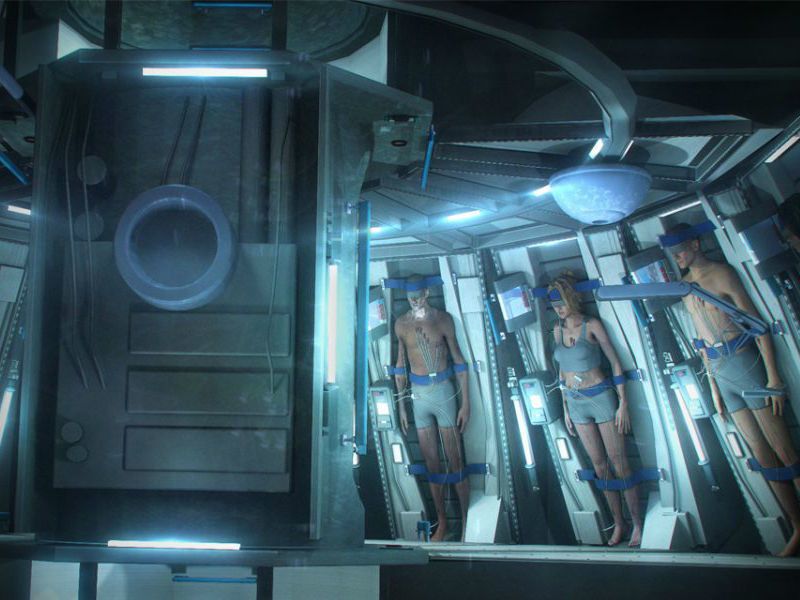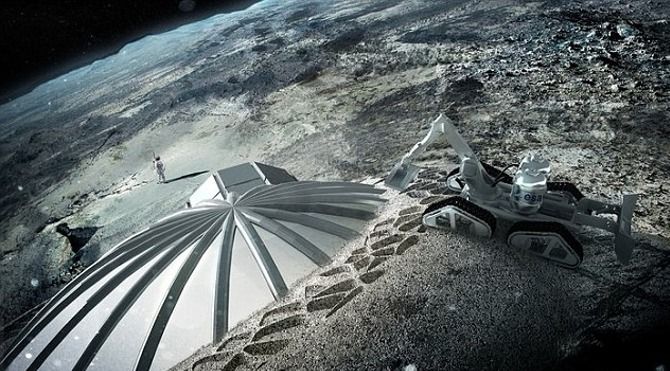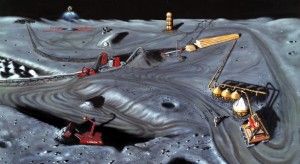Influencing elections? Perturbed, Kosinski clicked through the pages. What kind of company was this? And what were these people planning?
Psychologist Michal Kosinski developed a method to analyze people in minute detail based on their Facebook activity. Did a similar tool help propel Donald Trump to victory? Two reporters from Zurich-based Das Magazin (where an earlier version of this story appeared in December in German) went data-gathering.
On November 9 at around 8.30 AM., Michal Kosinski woke up in the Hotel Sunnehus in Zurich. The 34-year-old researcher had come to give a lecture at the Swiss Federal Institute of Technology (ETH) about the dangers of Big Data and the digital revolution. Kosinski gives regular lectures on this topic all over the world. He is a leading expert in psychometrics, a data-driven sub-branch of psychology. When he turned on the TV that morning, he saw that the bombshell had exploded: contrary to forecasts by all leading statisticians, Donald J. Trump had been elected president of the United States.
For a long time, Kosinski watched the Trump victory celebrations and the results coming in from each state. He had a hunch that the outcome of the election might have something to do with his research. Finally, he took a deep breath and turned off the TV.










